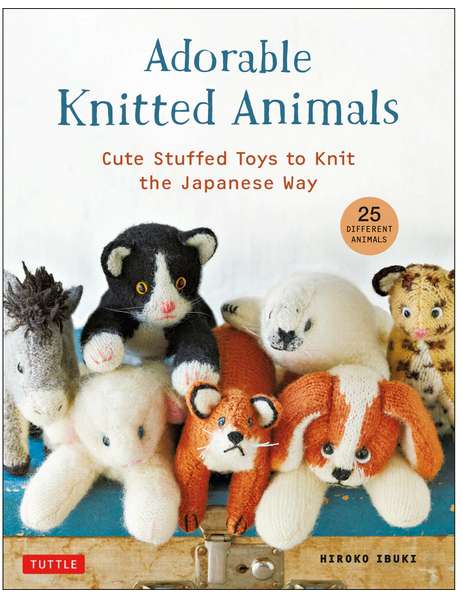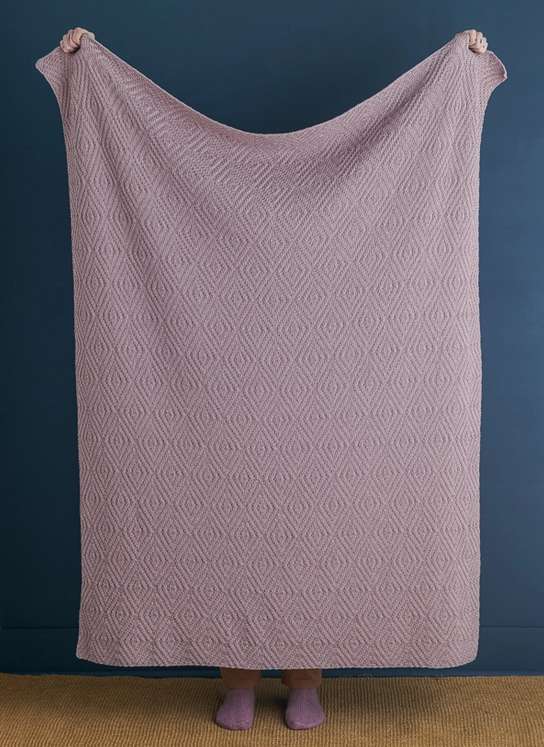 I’m just going to say up front that Adorable Knitted Animals by Hiroko Ibuki
I’m just going to say up front that Adorable Knitted Animals by Hiroko Ibuki is not for beginning knitters. There are some relatively easy projects, but even the simplest designs have a lot of pieces and require a lot of finishing that a new knitter might not be ready to do.
The animals are indeed adorable and if you have the patience for knitting all the little pieces and putting them together with care (as well as using Japanese style knitting instructions) this is a great book.
There are 25 different animals included, from a relatively simple pig to a seal, penguin, cats and dogs to a leopard, zebra and more.
The author spent a lot of time looking at photographs of animals and experimenting with different stitch patterns to make the knit versions as realistic as possible.
Thus the many pieces that each project entails. It’s almost as if you were making toys out of fabric except you have to knit all the pieces first.
To take an example at random, Benjamin the Donkey is worked in eight pieces: the underside of the body, the left and right sides of the body, head gusset, outer ears and inner ears. The mane and tail are made of yarn and attached separately, and it has plastic eyes. It’s adorable and totally worth the effort but it is good to know what you are getting into before you choose this book.
The patterns are presented in Japanese style, which means each pattern piece has its own chart that is shaped like the knitting and shows you where shaping, color changes and other steps of the knitting are completed. If you’re new to Japanese knitting patterns, there is one design that includes step-by-step photos to make it a little clearer how to read and interpret the patterns.
Again, none of this is bad. These projects are so cute and no doubt would be loved by anyone you made them for. But it is a level of detail and different techniques that it’s worth noting those differences. Knitters who are comfortable with Japanese patterns or working from charts and who have the patience for a lot of little bits of knitting and finishing will be well rewarded by trying out these adorable projects.
Check out the preview on Amazon, which shows a lot of the finished projects as well as the style of the patterns, for more information.
About the book: 112 pages, paperback, 25 patterns. Published 2021 by Tuttle Publishing, suggested retail $15.99.
 Knitwear designers can get inspiration from almost anything when it comes to re-creating a color scheme, an image or a texture in stitches. Sometimes the inspiration isn’t always obvious in the finished project, but sometimes it’s more literal.
Knitwear designers can get inspiration from almost anything when it comes to re-creating a color scheme, an image or a texture in stitches. Sometimes the inspiration isn’t always obvious in the finished project, but sometimes it’s more literal.